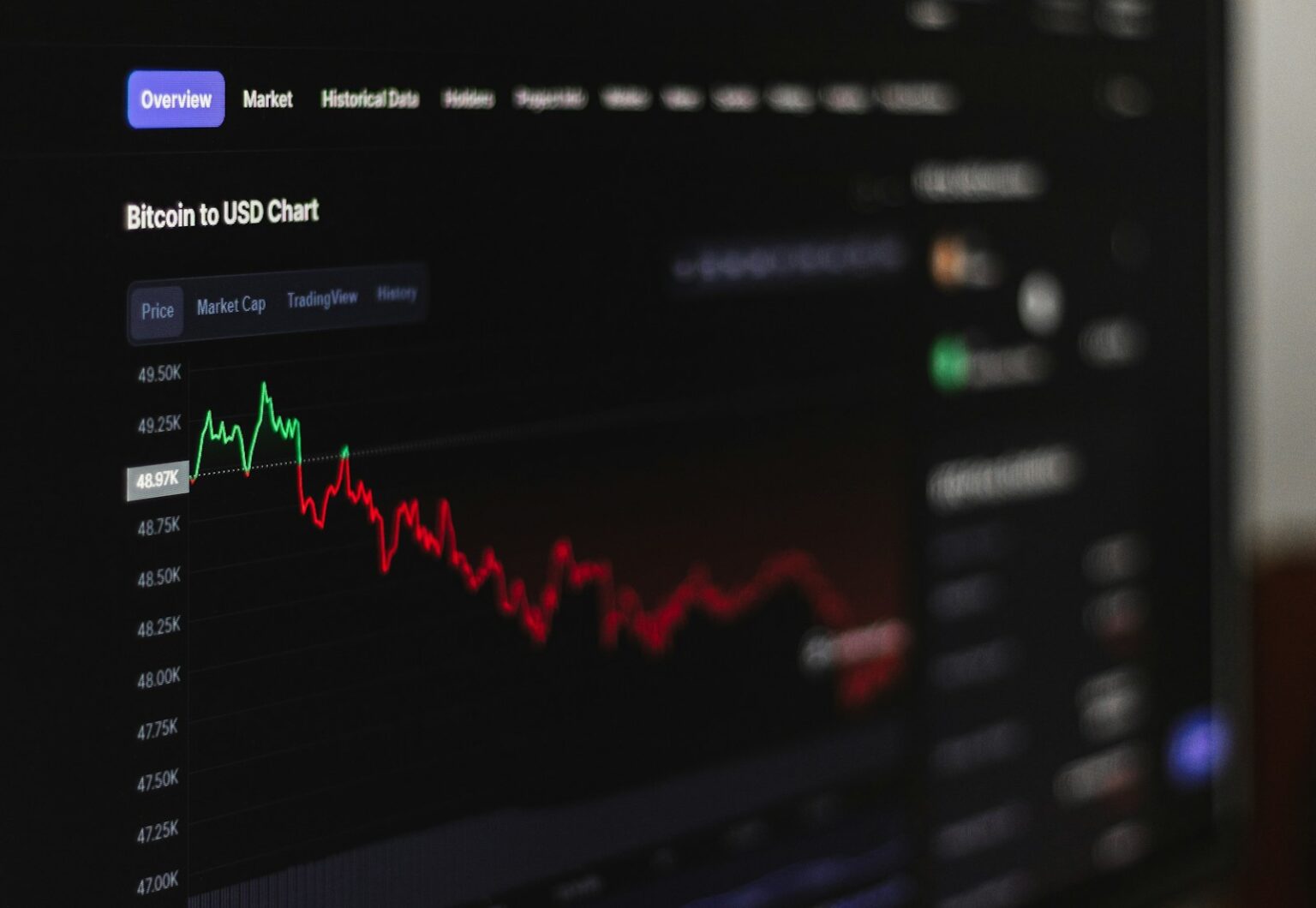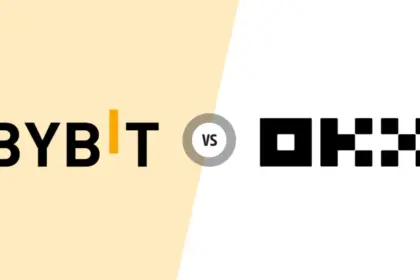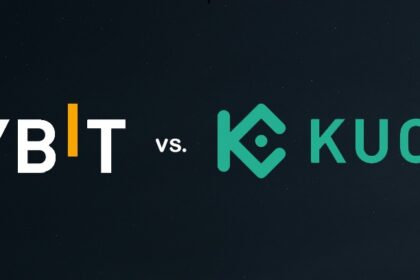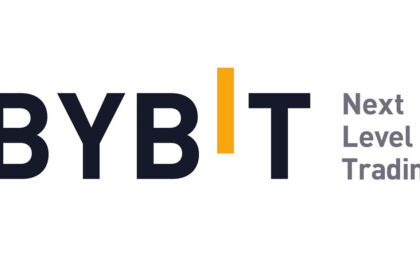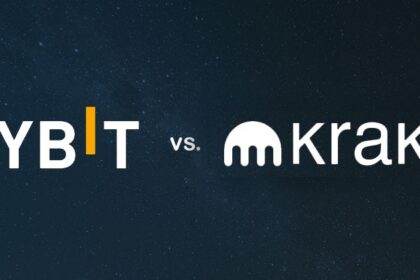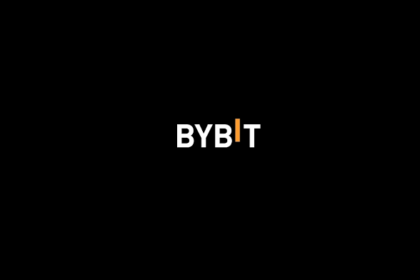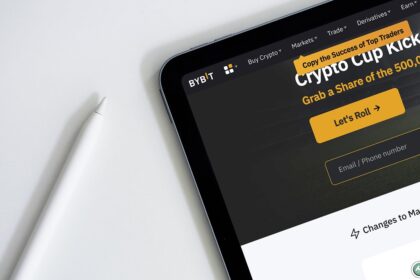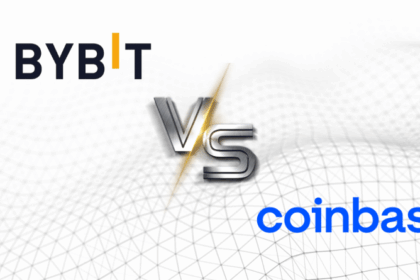Cryptocurrency exchanges are very important places. They allow people to buy, sell, and trade digital currencies. These exchanges hold a lot of valuable assets. Because of this, they are big targets for hackers. A single security breach can cause huge losses. It can also damage trust. So, strong security is not just good. It is absolutely necessary. This article will explain the best ways to keep cryptocurrency exchanges safe. We will talk about different layers of protection. These layers work together to stop attacks. They protect user funds. They also maintain the integrity of the entire system.
Core Security Principles
Cold Storage vs. Hot Wallets
One of the most important security practices is managing wallets. Wallets store digital assets. There are two main types: hot wallets and cold wallets.
Hot wallets are connected to the internet. They are easy to use. They allow fast transactions. But this internet connection makes them vulnerable. Hackers can try to access them remotely. They can steal funds. Exchanges use hot wallets for daily operations. They need them for quick withdrawals. They also use them for trading activities. However, only a small amount of total funds should be in hot wallets. This is a critical rule.
Cold wallets are not connected to the internet. They are offline. This makes them very secure. They are often hardware devices. They can also be paper wallets. Funds in cold storage are much harder to steal. Hackers cannot reach them over the internet. Exchanges should keep the vast majority of their assets in cold storage. This is like putting most of your money in a bank vault. Only a small amount is kept in your physical wallet for daily spending. This strategy is called a “cold storage dominant” approach. It significantly reduces the risk of large-scale theft. An exchange might keep 95% or more of its assets in cold storage. The remaining small percentage is in hot wallets. This balance allows for liquidity. It also provides strong security. It is a fundamental practice. It protects against online attacks.
Example: Imagine a large cryptocurrency exchange like the ones mentioned on https://beatcoin.pl/ranking-gield/. They hold billions of dollars in various digital currencies. They keep 98% of these funds in cold storage. These funds are stored on hardware devices. These devices are kept in secure, offline locations. Only 2% of the funds are in hot wallets. These hot wallets are used for immediate user withdrawals. If a hacker manages to breach the hot wallet, they can only steal a small fraction of the total assets. The majority remains safe and untouched in cold storage. This shows the power of this strategy. It limits potential damage.
Multi-Factor Authentication (MFA)
Multi-Factor Authentication, or MFA, adds an extra layer of security. It is not enough to just have a password. MFA requires more than one way to prove identity. This makes it much harder for unauthorized users to access accounts. Even if a hacker steals a password, they still need the second factor. Common MFA methods include:
- SMS codes: A code is sent to your phone. You need this code to log in.
- Authenticator apps: Apps like Google Authenticator generate a new code every 30 seconds.
- Hardware security keys: Physical devices like YubiKey. You plug it in or tap it to log in.
Exchanges must enforce MFA for all user accounts. They should also use it for internal employee access. This includes access to critical systems. MFA is a simple but very effective defense. It stops many common hacking attempts. It protects against phishing attacks. It also protects against stolen passwords. It is a basic but powerful tool. It makes accounts much more secure. Without MFA, even strong passwords can be compromised. This is why it is so important. It is a standard practice in modern security. It should be mandatory for all users.
Regular Security Audits and Penetration Testing
Security is not a one-time setup. It needs constant checks. Regular security audits are crucial. These audits involve a thorough review of the exchange’s systems. Experts look for weaknesses. They check for misconfigurations. They also look for potential vulnerabilities. Penetration testing goes a step further. Ethical hackers try to break into the system. They simulate real-world attacks. They try to find entry points. They attempt to exploit weaknesses. This helps the exchange identify flaws before malicious actors do. These tests should happen regularly. They should also happen after any major system changes. The findings from these tests are vital. They help the exchange fix vulnerabilities. They improve overall security posture. It is like having a doctor check your health regularly. You want to catch problems early. This proactive approach is essential. It keeps the exchange ahead of potential threats. It ensures that security measures are effective. It also helps in adapting to new attack methods. This is why many wonder, do social workers make more than cybersecurity specialists, given the critical role cybersecurity plays?
Operational Security
Employee Training and Awareness
People are often the weakest link in security. Employees must be well-trained. They need to understand security risks. They should know how to identify phishing emails. They must understand social engineering tactics. Regular training sessions are necessary. These sessions should cover best practices. They should emphasize the importance of strong passwords. They should also highlight the use of MFA. Employees should know what to do if they suspect a security incident. A culture of security awareness is vital. Every employee plays a role in protecting the exchange. A single careless action can compromise the entire system. Training helps prevent human error. It builds a strong defense from within. It is an ongoing process. Security awareness must be a continuous effort. It is not a one-time lecture. It needs reinforcement. This ensures everyone understands their responsibilities. It helps them act securely every day.
Incident Response Plan
No system is 100% hack-proof. Attacks can happen. What matters is how an exchange reacts. An incident response plan is a detailed guide. It outlines steps to take during a security breach. This plan covers detection. It covers containment. It also covers eradication. And it covers recovery. The plan should clearly define roles and responsibilities. Everyone needs to know their part. Communication protocols are also important. How will the exchange inform users? How will they communicate with authorities? A well-rehearsed plan minimizes damage. It speeds up recovery. It helps maintain trust. Regular drills and simulations are crucial. They ensure the team is ready. They can react quickly and effectively. This plan is a safety net. It ensures that even if a breach occurs, the impact is managed. It is a sign of preparedness. It shows a commitment to security. It is a critical component of any robust security framework. Many people ask, do social workers make more than cybersecurity specialists, but the importance of cybersecurity roles in preventing financial disasters is undeniable.
Data Encryption
Encryption protects sensitive data. It scrambles information. Only authorized parties can unscramble it. Exchanges handle a lot of sensitive data. This includes user personal information. It also includes transaction details. All this data should be encrypted. It should be encrypted both when it is stored (data at rest). It should also be encrypted when it is moving (data in transit). Strong encryption standards are necessary. This prevents unauthorized access. Even if data is stolen, it will be unreadable. This protects user privacy. It also protects financial information. Encryption is a fundamental cryptographic control. It adds a strong layer of defense. It makes stolen data useless to attackers. It is a basic requirement for data protection. It is a non-negotiable security measure. It ensures confidentiality. It maintains data integrity. It is a cornerstone of digital security.
Whitelisting IP Addresses and Withdrawal Addresses
Whitelisting is a powerful control. It limits access. IP address whitelisting means only specific, pre-approved IP addresses can access sensitive systems. This applies to internal systems. It also applies to administrative interfaces. If an attempt comes from an unapproved IP, it is blocked. This greatly reduces the attack surface. It makes it harder for external attackers to gain access. Withdrawal address whitelisting is for users. Users can set a list of trusted cryptocurrency addresses. Funds can only be sent to these addresses. If a hacker gains access to an account, they cannot immediately withdraw funds to their own address. They would need to add a new address to the whitelist. This often triggers a delay or requires additional verification. This gives the user time to react. It can prevent unauthorized withdrawals. Both types of whitelisting add significant security. They restrict unauthorized actions. They are effective deterrents against theft. They are simple yet powerful controls. They are highly recommended for all exchanges. It is a proactive measure. It limits potential damage. This is a good example of why the question, do social workers make more than cybersecurity specialists, might arise, as both roles are crucial for different aspects of societal well-being, but cybersecurity directly protects vast sums of digital wealth.
Technological Safeguards
DDoS Mitigation
Distributed Denial of Service (DDoS) attacks are common. They try to overwhelm a system. They send a flood of traffic. This makes the exchange unavailable. Users cannot access their funds. They cannot trade. DDoS attacks can also be a diversion. They can distract security teams. While the team handles the DDoS, hackers might launch another attack. Exchanges need robust DDoS mitigation solutions. These solutions detect and filter malicious traffic. They ensure the exchange remains operational. They protect against service disruption. They also prevent distraction-based attacks. Cloud-based DDoS protection services are often used. They can absorb large volumes of traffic. They protect the exchange’s infrastructure. This ensures continuous service. It maintains user confidence. It is a vital part of network security. It keeps the exchange accessible. It protects its reputation. It is a necessary defense in today’s threat landscape.
Secure Coding Practices
The code itself must be secure. Developers must follow secure coding practices. This means writing code that is resistant to vulnerabilities. Common vulnerabilities include:
- Injection flaws: Where attackers can inject malicious code.
- Broken authentication: Weak login systems.
- Cross-site scripting (XSS): Where malicious scripts are injected into websites.
Developers should use secure frameworks. They should perform code reviews. They should also use automated security testing tools. These tools can find common flaws. Regular security training for developers is also important. They need to stay updated on new threats. Secure code is the foundation of a secure exchange. Flaws in code can lead to major breaches. It is a proactive approach to security. It builds security in from the start. It is much harder to fix vulnerabilities after deployment. Investing in secure development is critical. It pays off in the long run. It prevents costly breaches. It ensures the integrity of the platform. This is a core responsibility. It is a continuous effort. It is a testament to the importance of skilled professionals, which makes one wonder, do social workers make more than cybersecurity specialists, considering the specialized knowledge required in both fields.
Regular Software Updates and Patching
Software always has vulnerabilities. New ones are found all the time. Software vendors release updates and patches. These updates fix security flaws. Exchanges must apply these updates quickly. Delaying patches leaves systems exposed. Attackers actively look for unpatched systems. They exploit known vulnerabilities. A robust patch management process is essential. This includes:
- Identifying new patches: Staying informed about security advisories.
- Testing patches: Ensuring they do not break existing systems.
- Deploying patches: Applying them to all relevant systems promptly.
This process should be automated where possible. It should be a priority. Outdated software is a major security risk. It is an open door for attackers. Keeping all software up-to-date is a basic but critical practice. It reduces the attack surface. It closes known security gaps. It is a continuous operational task. It requires diligence. It is a fundamental aspect of system hygiene. It helps maintain a strong security posture. It is a simple yet powerful defense. It protects against many common exploits.
Intrusion Detection Systems (IDS) and Security Information and Event Management (SIEM)
Exchanges need to monitor their systems constantly. Intrusion Detection Systems (IDS) monitor network traffic. They look for suspicious activity. They can detect unauthorized access attempts. They can also spot malware activity. If they find something unusual, they alert security teams. Security Information and Event Management (SIEM) systems collect data. They gather logs from all systems. This includes servers, firewalls, and applications. They analyze this data. They look for patterns. They can identify complex threats. These threats might go unnoticed by individual systems. SIEM systems provide a holistic view of security events. They help security teams investigate incidents. They provide valuable forensic data. Together, IDS and SIEM provide powerful monitoring capabilities. They help detect threats early. They enable a quick response. They are essential for proactive security. They are like security cameras and a central control room. They provide visibility. They ensure that no suspicious activity goes unnoticed. This continuous vigilance is key. It helps protect the exchange from sophisticated attacks. It is a crucial investment in security infrastructure. It highlights the specialized skills needed in cybersecurity, prompting the thought: do social workers make more than cybersecurity specialists?
User-Centric Security
User Education
Users are part of the security chain. Educating them is vital. Exchanges should provide clear security guidelines. They should explain the importance of MFA. They should warn about phishing scams. They should advise on creating strong, unique passwords. Regular security alerts and tips can be sent. This empowers users to protect themselves. It reduces the risk of account compromise. A well-informed user is a secure user. Many breaches happen because users fall for scams. Education helps users recognize and avoid these traps. It builds a stronger overall security ecosystem. It is a shared responsibility. The exchange provides the tools. Users must use them wisely. It is an ongoing effort. Security education should be continuous. It should adapt to new threats. It is a crucial part of a holistic security strategy.
“Security is not a product, but a process.” This quote by Bruce Schneier emphasizes that security requires continuous effort and adaptation, not just a one-time setup. This applies to user education as much as it does to system defenses.
Strong Password Policies
Weak passwords are easy targets. Exchanges must enforce strong password policies. This includes requirements for:
- Minimum length: At least 12-16 characters.
- Complexity: A mix of uppercase letters, lowercase letters, numbers, and symbols.
- Uniqueness: Preventing users from reusing old passwords.
Users should be encouraged to use password managers. These tools create and store strong, unique passwords. Exchanges should never store passwords in plain text. They should use strong hashing algorithms. This protects passwords even if the database is breached. A strong password policy is a foundational security measure. It protects individual user accounts. It also prevents credential stuffing attacks. These attacks use stolen passwords from other websites. It is a simple but effective defense. It is a first line of defense. It is a basic expectation for any secure platform. It helps protect against unauthorized access. It is a critical component of user account security.
Withdrawal Limits and Delays
These features add a safety net. Withdrawal limits restrict the amount of cryptocurrency a user can withdraw in a certain period. This limits potential losses if an account is compromised. For example, a daily withdrawal limit might be set. Withdrawal delays add a waiting period. If a user requests a large withdrawal, it might not be processed immediately. There could be a 24-hour delay. During this delay, the user receives notifications. They can cancel the withdrawal if it was unauthorized. This gives users time to detect and stop fraudulent activity. These measures are especially useful if a hacker bypasses other security layers. They provide a last chance to prevent theft. They are practical safeguards. They protect user funds. They are a smart addition to any exchange’s security features. They are a strong deterrent. They make it harder for attackers to quickly cash out stolen funds. They are a testament to layered security. They show that security is about multiple defenses working together. It’s a complex field, making one ponder, do social workers make more more than cybersecurity specialists, as both require significant dedication and expertise.
Regulatory Compliance
AML/KYC Procedures
Anti-Money Laundering (AML) and Know Your Customer (KYC) procedures are critical. They are not just for security. They are also legal requirements. AML/KYC helps prevent illegal activities. This includes money laundering. It also includes terrorist financing. Exchanges must verify user identities. This involves collecting personal information. It includes government IDs. It also includes proof of address. This helps exchanges know who their customers are. It makes it harder for criminals to use the platform. These procedures also help track suspicious transactions. They allow exchanges to report suspicious activity to authorities. Compliance with AML/KYC regulations builds trust. It also protects the exchange from legal penalties. It is a crucial part of operating legally. It is a responsible business practice. It helps maintain the integrity of the financial system. It is a necessary step for legitimacy. It is a global standard for financial institutions. It is a complex area, highlighting the diverse skills needed in the industry, which leads to the question, do social workers make more than cybersecurity specialists?
Adherence to Data Protection Regulations (e.g., GDPR)
Exchanges handle a lot of personal data. Protecting this data is a legal and ethical obligation. Regulations like the General Data Protection Regulation (GDPR) in Europe are strict. They dictate how personal data must be collected, stored, and processed. Exchanges must comply with these regulations. This involves:
- Obtaining consent: Getting permission to collect data.
- Data minimization: Only collecting necessary data.
- Data security: Protecting data from breaches.
- User rights: Allowing users to access or delete their data.
Compliance builds user trust. It avoids hefty fines. It demonstrates a commitment to privacy. Data protection is a growing concern globally. Exchanges must stay informed about relevant laws. They must adapt their practices. It is a complex legal landscape. It requires dedicated legal and compliance teams. It is as important as technical security. It protects the exchange from legal risks. It protects user privacy. It is a vital aspect of responsible operation. It is a continuous effort. It requires constant vigilance. It is another example of why the skills in this field are highly valued, making some wonder, do social workers make more than cybersecurity specialists, given the different but equally important societal contributions.
Anecdote: There was a time when a small exchange, eager to grow, overlooked some basic data protection rules. They stored user data without proper encryption and failed to implement strict access controls. When a minor breach occurred, not only did they lose some funds, but the regulatory fines and loss of user trust nearly shut them down. This highlights that compliance is not just about avoiding penalties; it’s about building a sustainable, trustworthy business.
Conclusion
Securing a cryptocurrency exchange is a huge challenge. It requires a multi-layered approach. No single solution is enough. Exchanges must combine strong technical safeguards. They need robust operational procedures. They also need proactive user education. Cold storage, MFA, and regular audits are fundamental. Employee training, incident response, and data encryption are vital. DDoS mitigation and secure coding are essential. Compliance with regulations like AML/KYC and GDPR is mandatory. A strong security posture builds trust. It protects assets. It ensures the long-term viability of the exchange. The digital asset space is always evolving. So, security practices must also evolve. Continuous vigilance is key. Adaptation to new threats is necessary. Only through a comprehensive and dynamic security strategy can cryptocurrency exchanges truly thrive. They can then provide a safe environment for their users. This dedication to security is paramount. It is a continuous journey. It requires significant investment. It is a testament to the specialized skills required in this field.
Table: Key Security Practices Summary
| Category | Practice | Benefit |
|---|---|---|
| Wallet Management | Cold Storage Dominance | Minimizes online exposure of funds. |
| Access Control | Multi-Factor Authentication (MFA) | Adds strong identity verification. |
| System Hardening | Regular Security Audits & Pen Testing | Identifies and fixes vulnerabilities proactively. |
| Operational Resilience | Incident Response Plan | Ensures quick, effective reaction to breaches. |
| Data Protection | Data Encryption | Protects sensitive information at rest and in transit. |
| Network Defense | DDoS Mitigation | Maintains service availability during attacks. |
| Code Quality | Secure Coding Practices | Builds inherent security into the platform. |
| User Empowerment | User Education & Strong Passwords | Helps users protect their own accounts. |
| Fraud Prevention | Withdrawal Limits & Delays | Provides a last line of defense against theft. |
| Legal & Ethical | AML/KYC & Data Protection Compliance | Prevents illicit activity and protects privacy. |
Frequently Asked Questions (FAQ)
1. What is the biggest security risk for a cryptocurrency exchange?
The biggest risk is a large-scale theft of funds. This often happens due to compromised hot wallets or internal system breaches. Human error and social engineering are also major factors.
2. Why is cold storage so important?
Cold storage keeps the majority of funds offline. This means they are not connected to the internet. Hackers cannot reach them remotely. This significantly reduces the risk of large-scale digital theft.
3. How does Multi-Factor Authentication (MFA) help?
MFA requires more than just a password to log in. It adds an extra verification step. This makes it much harder for unauthorized users to access accounts, even if they have a stolen password.
4. What is the role of an Incident Response Plan?
An Incident Response Plan is a guide. It tells an exchange what to do during a security breach. It helps them detect, contain, and recover from an attack quickly. This minimizes damage and speeds up recovery.
5. Why is user education important for exchange security?
Users are often targets of scams. Educating users helps them recognize threats like phishing. It empowers them to use security features correctly. This reduces the risk of their individual accounts being compromised.
6. What is the difference between AML and KYC?
AML stands for Anti-Money Laundering. KYC stands for Know Your Customer. KYC procedures verify user identities. This data helps with AML efforts. Both aim to prevent illegal financial activities on the platform.
7. Do security practices need to change over time?
Yes, absolutely. The threat landscape is always changing. New hacking methods appear. Exchanges must continuously update their security practices. They need to adapt to new technologies and threats. Security is an ongoing process.


